Lionel made 49 Hoppers under the American Flyer name between 1979 and 2008. Because there are so many hopper cars, I have split them up over four web pages:
Gilbert hoppers #632 through #719 are this page
#801 through #25060 are on page 2
Lionel hoppers #9200 through #48605 are on page 3
#48608 and above are on page 4
Hoppers made by S-Helper Service and American Models are on page 5
Unless otherwise specified, the large pictures on this page are of cars in the collection of The Upstairs Train.
If you have a picture that you would like to share with the world of any of the cars not shown here (or a better picture of one that is shown!), email them to me: theupstairstrain@yahoo.com. Click here for a list of the pictures I need to complete the Gallery.


(Photo courtesy of Don Hasenzahl.)

Notice that these early 1946 hoppers had no journal boxes.

(Photo courtesy of Don Hasenzahl.)
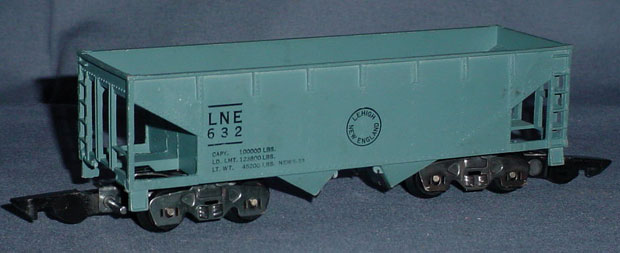
(Photo courtesy of Gary Good.)

(Photo courtesy of Gary Good.)

This early plastic car, too, had no journal boxes.
Notice "TRU-MODEL" on the box to promote Gilbert's marketing emphasis
on accurate scaling in their competition with Lionel.
(Photo courtesy of Gary Good.)
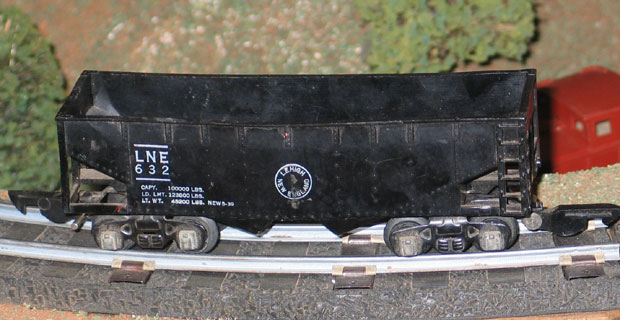

(Photo courtesy of Don Hasenzahl.)


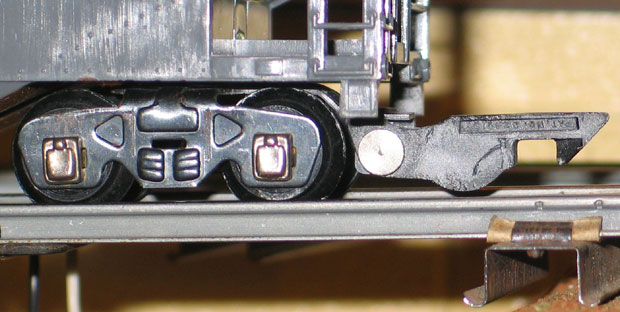



(Photo courtesy of Don Hasenzahl.)

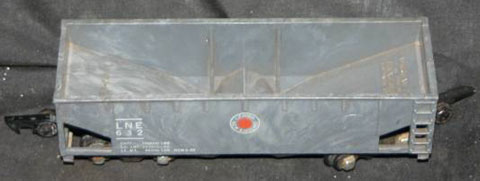
(Picture courtesy of Nathan Feingold.)
(Picture courtesy of an anonymous donor.)
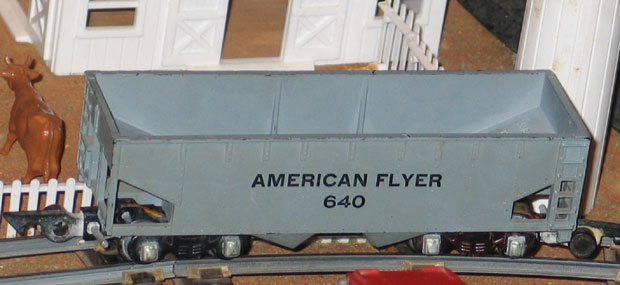
Gilbert made five different variations of the 640 between 1949 and 1953.


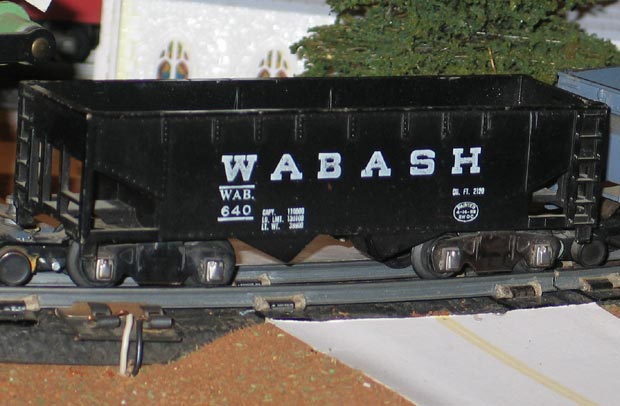

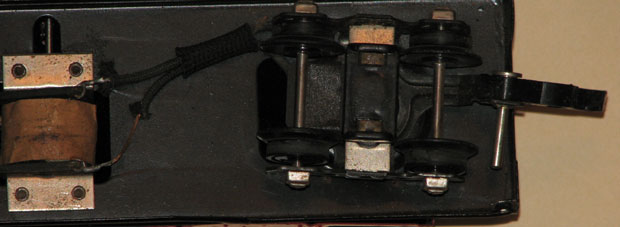
The #710 Automatic Track Section shown below had two inside rails
that provided power to unload the car.

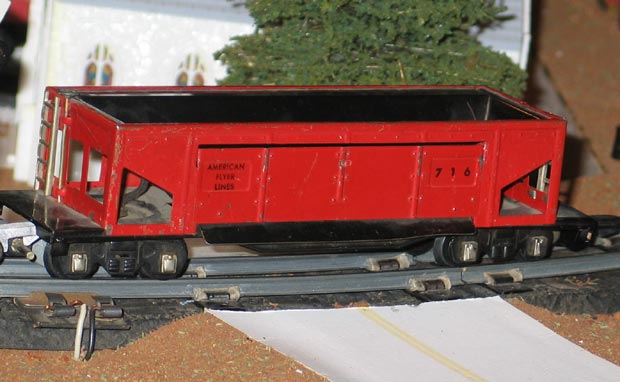

(Picture courtesy of an anonymous donor.)
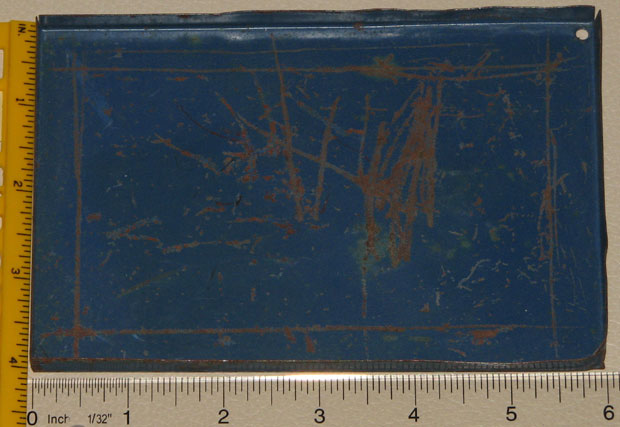
came with a 4 inch by 6 inch sheet metal tray to catch the coal or gravel dumped by the car.
The 752, 752A, and 785 Seaboard Coal Loaders also came with one.
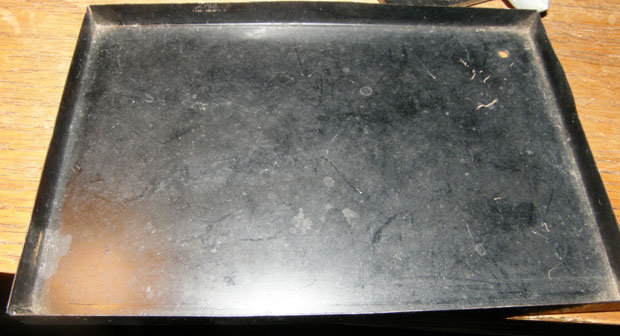
Notice that these early trays are enclosed on all four sides; later trays were open on one long side.
(Photo from the collection of Joe Urban.)

(Photo courtesy of Stout Auctions.)
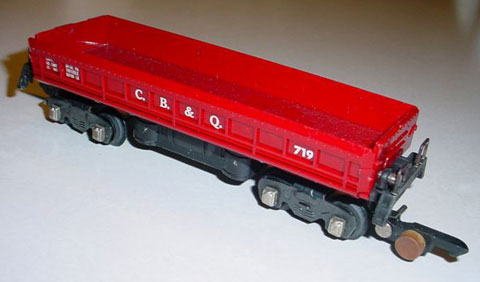
(From the collection of my firend Joe Philippson.)
Show me the rest of the hoppers made by Gilbert.
Over the years, Gilbert made four different kinds of couplers, three of which are common and familiar to most American Flyer owners: link, knuckle, and Pike Master. The fourth, the so-called "solid knuckle coupler," was short-lived and not used on very many cars. Lionel later came up with its own version of knuckle coupler. American Flyer has therefore gone through five generations of couplers. Because there seem to be a lot of people confused by this, I created a page to show the differences. Click the picture below for more detail.

It takes time and money to maintain a website like this. If this site is interesting and helpful to you, please contribute financially to its ongoing success. You may send a contribution via PayPal using theupstairstrain@yahoo.com as the payee. Both credit card and direct transfers would be greatly appreciated. Thank you very much.
If you or your friends have some American Flyer trains and would like them to go to a nice home where they'll be loved and cared for, this is the place! Email me: theupstairstrain@yahoo.com. See my Wish List for the items I need most. Thank you very much.
On the other side of the coin, I post pictures from time to time on my For Sale page of surplus items I have for sale.
The books I am using for reference are listed in the Bibliography page. All the writing and all the pictures on this website are, however, my own, except where cited. No copyrighted materials have been included and all pictures provided by others are used by permission.
Now show me:
The Gilbert Gallery Home Page
Engines
Passenger Cars
Freight Cars
Freight Sets
Work Cars
Accessories
Infrastructure Gallery
Christmas Cars
Boxcars
Refrigerator Cars
Stock Cars
Hopper Cars
Gondolas
Tank Cars
Flatcars
Aquarium Cars
Autorack Cars
Mint Cars
Cabooses
Pictures Needed
Useful Links
For Sale
Wish List
Bibliography
The
Upstairs Train